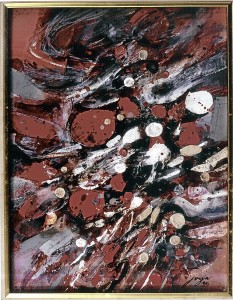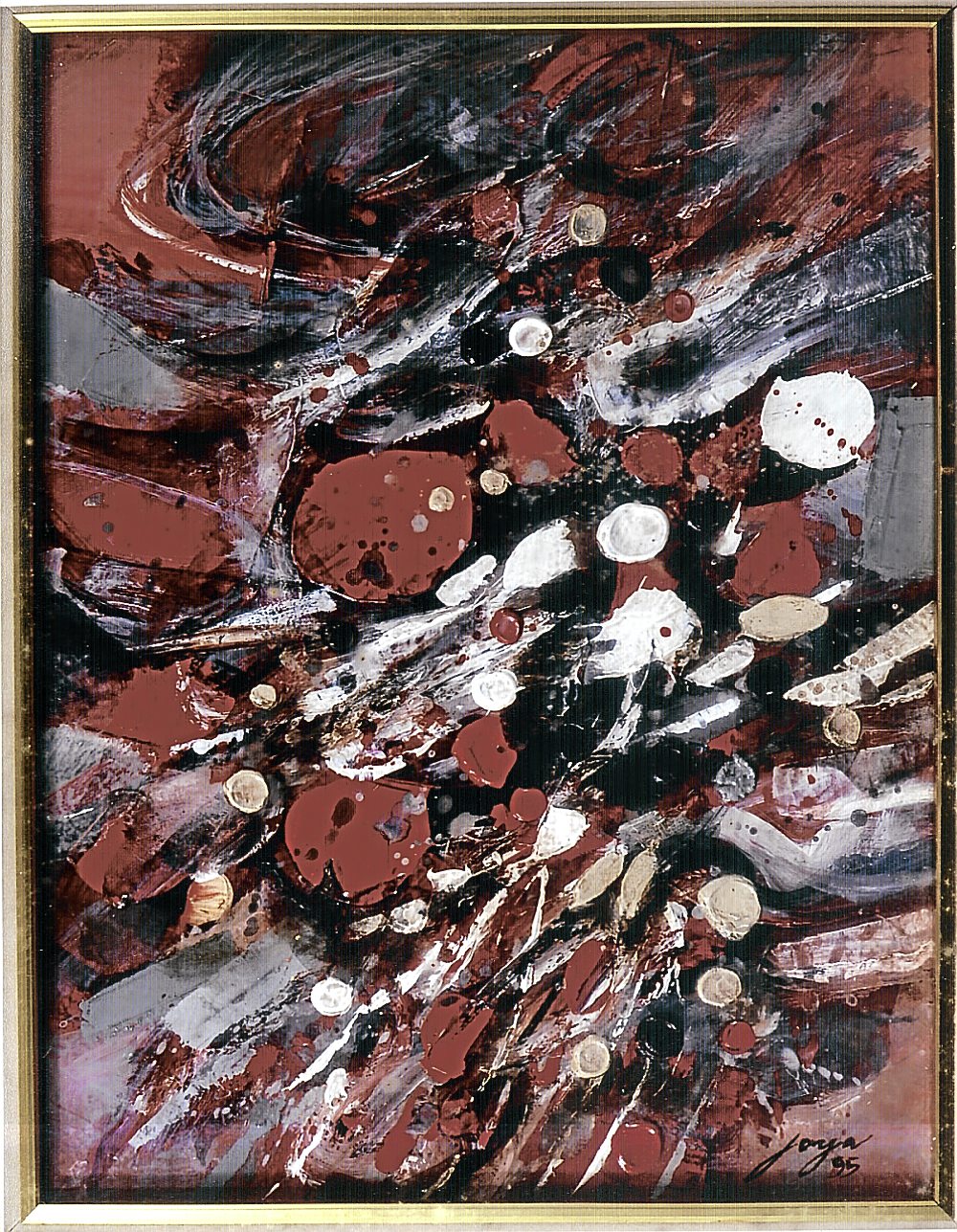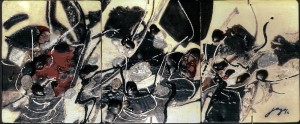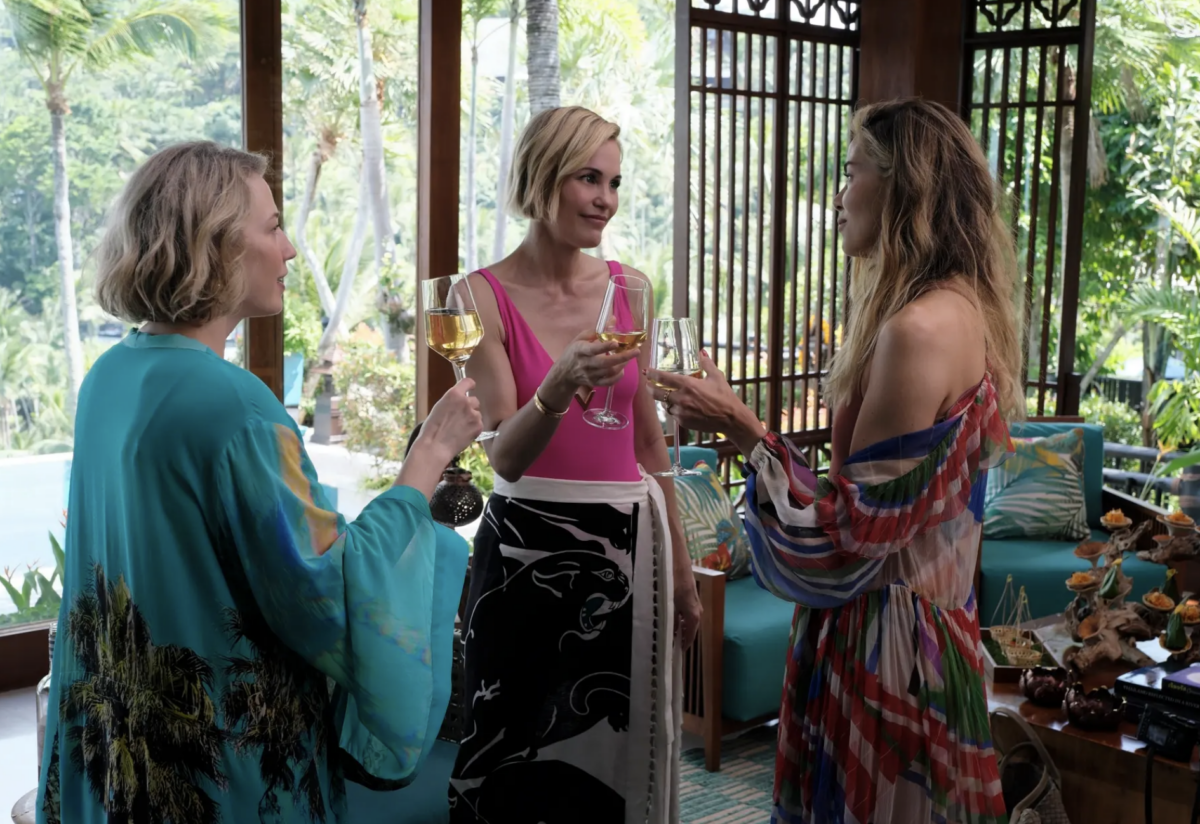
Now on its last few days at the Museum of the Filipino People at the Rizal Park complex is “Joya: Balik-tanaw,” a retrospective to mark the National Artist’s 80th birth anniversary and to launch the Joya Festival 2011. The artist was born on June 3, 1931, in Manila.
Consisting of 73 art pieces, mostly on loan from the Joya family, the exhibit is a visual presentation of the evolution of the artist, forever “the dean” to his students and other members of the University of the Philippines community.
Bangko Sentral ng Pilipinas’ Metropolitan Museum also ran in June an exhibit of works done by the artist during his numerous travels outside and around the Philippines, as part of the Joya festival.
Prolific and versatile, Joya went from rendering life-like artworks, which was how those in his generation and others before them started (the UP College of Fine Arts dean when he was a student was National Artist Fernando Amorsolo, a pre-eminent expert of the genre), to being a full-fledged and multi-awarded abstract painter.
Joya’s sister, Josie Baldovino, says, like many artists around that time, he also dabbled in religious art in the beginning, a skill he learned from their mother’s relatives in Bulacan.
Advancing new expression
The dean’s evolution as an artist is described in one of numerous write-ups about him: “Joya represented a breakaway from the conservative school of painting that had been popular for almost half a century. His intellectual approach to pictorial organization through various forms of abstraction marks a new level in the development of Philippine imaginative expression.”
At the ongoing show, portraits of ordinary people by the artist as student share the spotlight with several nudes and abstract works done when he was already an acclaimed painter.
A 1948 work is the oldest in the show, done by Joya before he entered the UP. An entire panel is devoted exclusively to Joya’s ceramics—from a tiny pendant to intricately done decorative plates.
The exhibit is a very small fraction of a productive phase in the artistic life of the former dean of the UP College of Fine Arts. Baldovino says her brother did more than 500 ceramic pieces.
A 1990 piece of red swirls amid black spots shows how connected Joya was to current realities. The work, “Global Warming,” was his rendering of a problem, which has now become a universal concern, although at that time had barely entered the consciousness of ordinary people around the world, including Filipinos.
The exhibit and the one at the Met Museum suggest that Joya, who passed on in 1995, was always the inveterate and indefatigable artist.
Seated in a French sidewalk café or a New York park or wherever else he might be, Joya captured the scenes laid out before him in his sketch pad with colored pens or pencils.
Baldovino says the artist would even draw on the pages of the phone directory as he took a call. As a child, their walls were the budding artist’s canvas, she says, to the consternation of their mother.
Largest abstract painting
Joya, who mounted his first solo exhibit in 1954 at the Philippine Art Gallery, was the recipient of numerous other awards, aside from being named National Artist in 2003.
In 1961, he received the Republic Cultural Heritage Award and was also named one of the Ten Outstanding Young Men.
He was conferred the title Chevalier des Arts et Lettres (Knight of Arts and Letters) by the French government in 1987, and declared one of Ten Outstanding Asean Artists in 1992.
He has been invited to exhibit his works in numerous major cities around the world. His mural “Pagdiriwang,” on display at the Philippine International Convention Center, remains the country’s largest abstract painting at 5×8 meters.
The exhibit “Joya: Balik-tanaw” will move to the CCP after its stint at the Museum of the Filipino People end of August. It opens on Sept. 8 at the CCP as part of the center’s celebration of its anniversary and will be on show until Oct. 15.
A smaller exhibit, consisting only of abstract works, will be mounted by the Ayala Museum on Sept. 19.
After the CCP show closes, the exhibit will be brought to UP where it will open in late October.
To catch the Museum of the Filipino People run of “Joya: Balik-tanaw,” call the Museum Education Division, tel. 5270278.













































